Folklore experts to revive Sheffield as ‘city of urban legends’
This article contains affiliate links. We may earn a small commission on items purchased through this article, but that does not affect our editorial judgement.


Now, in the city where the study of legends was born a group of Sheffield academics are reviving interest in our weird and wonderful habit for telling tales.
“It’s what makes us human, it defines us,” said Dr David Clarke, research fellow and one third of the founding team.
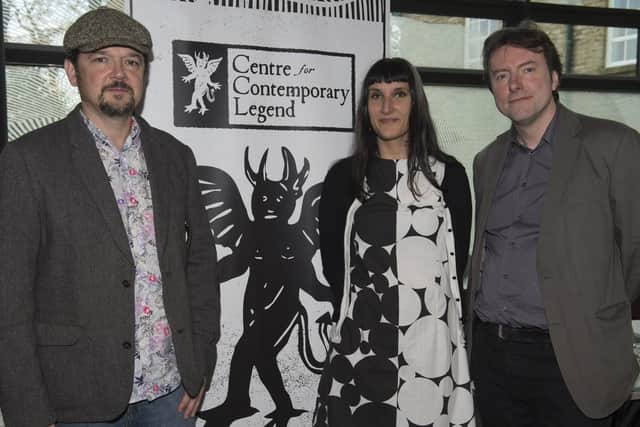

Advertisement
Hide AdAdvertisement
Hide Ad“A lot of the stories are the same that people have been telling for centuries but are now just telling them using different media.”
The group, based at Sheffield Hallam University, includes Dr Clarke, who teaches journalism, and two of his colleagues from different academic departments – media specialist Diane Rodgers and photography expert Andrew Robinson.
From what started out as a shared passion for the subject has led to the launch of the first ever Centre for Contemporary Legend in the UK. It kicked off at the end of last year with an initial conference, which brought together world-renowned folklorists with expertise in almost anything imaginable.
By popular demand, and with funding from the university, they are now organising a bigger two-day event in autumn around the theme of folklore on television and screen. In time they also aim to offer courses, which has gathered widespread enthusiasm and support.
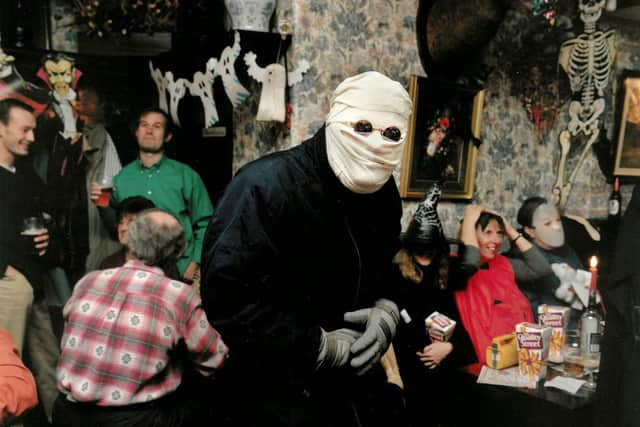

Advertisement
Hide AdAdvertisement
Hide AdMs Rodgers said: “We’ve been absolutely overwhelmed by the interest, happily so, and again part of that is because these are universal points of fascination for people. Folklore is relevant to everybody’s life to some extent. Everybody has some sort of ritual or custom and everyone can relate to it.
“Sheffield has got a really good reputation for folklore and the study of local history and customs, and when you mention it to people they seem particularly excited that we are holding this kind of research here.”
The city has a historic affinity with folklore, beginning in earnest in 1964 when Dr Paul Smith and Professor John Widdowson introduced the first folklore course at Sheffield University.
The subject experienced a boom at the time and a library was set up with records dating back to the 19th century.
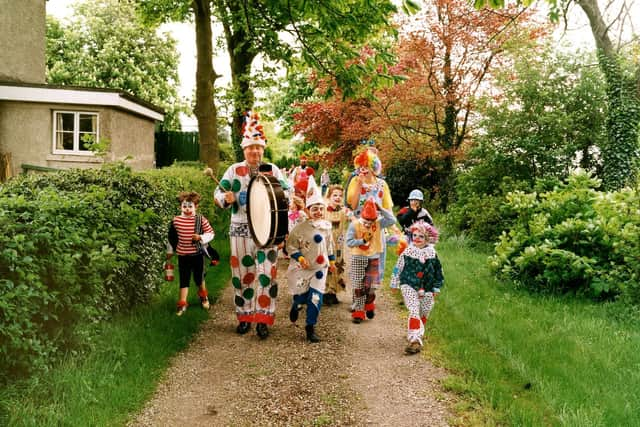

Advertisement
Hide AdAdvertisement
Hide AdIt was also where Dr Clarke completed his PhD. He said many of the course’s students had gone on to be internationally renowned experts. “It’s something Sheffield should be proud of. It’s the city where the study of urban legends was created.”
Potential topics that could be put under the lens by the new forum include things like vampires, werewolves, conspiracy theories, UFO sightings and Robin Hood to name a few. Although such tales are often fictional, the work is crucial to our understanding of belief and communication.
Ms Rodgers explained: “It’s entirely integral to how society communicates. Just because something may or may not be true doesn’t mean that it’s not important, it’s important to them and to how people communicate and share stories - the way we understand and interpret our lives is all through stories and folklore is storytelling.”
She is currently writing her PhD thesis on folk horror and stories told on television programmes in the 1970s such as Children of the Stones and BBC Ghost Stories for Christmas.
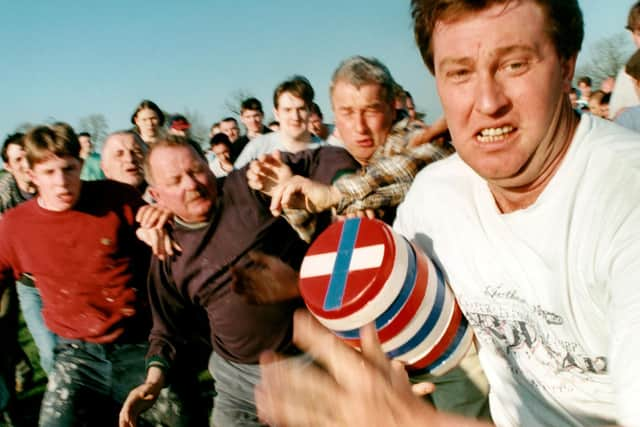

Advertisement
Hide AdAdvertisement
Hide AdMs Rodgers said it is the mystery that makes them so popular.
“We like to be excited but in a safe way, you know if it’s a movie it will end but it’s kind of a thrill ride - getting that sensation of getting the hairs on the back of your neck standing up,” she said.
“A lot of the 70s TV programmes weren’t necessarily horrific but they were eerie. We all love a good story and we all want to know what the mysterious thing is. We are all intrigued by the unknown and it’s a way of trying to explain that to ourselves.”
Mr Robinson is currently delving into mysteries of a different kind - that of English calendar customs.
Advertisement
Hide AdAdvertisement
Hide AdHis paper ‘Another England’ revisits photographs taken between 1995 and 1999 when he documented quirky events across the country. These include the Castleton Garland day – when people process a huge flowered frame through the village at the end of Spring – and Caking Night in Stannington which involved dressing up in costumes and knocking on doors chanting a rhyme for money.
“Loads of the photographers I’ve researched got into it because they thought they were amazing but dying out and wanted to preserve them. Some of them definitely do die out but equally others are revived or started. I think they are probably more alive now than they have been in the past 50 years because of the internet. Now it’s very easy to find out when and where they are and go along.
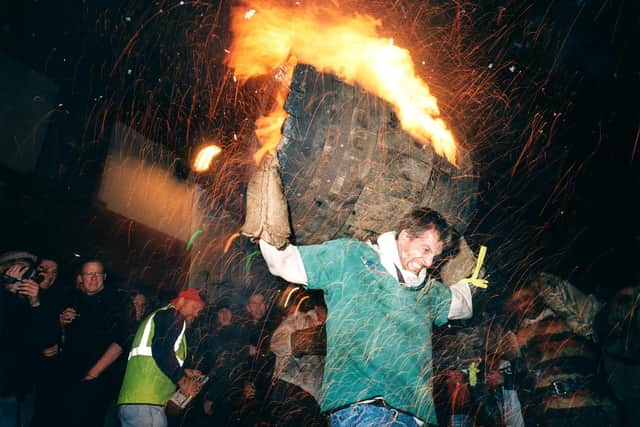

“My feeling is that communities that have one of these events are stronger for it – they have a clearer sense of identity. These are events that were held by the community, not the local council or rotary club, just people who got together and did it.”
Dr Clarke added: “It’s important to know the reasons behind why people have these traditions because it brings communities together at times when people feel very atomised. Doing these traditions is a way for the community to do that even if only once a year.”
Advertisement
Hide AdAdvertisement
Hide AdA bid to the Heritage Lottery Fund is planned in the hope an exhibition of the photographs can be held.
Folklore is experiencing a resurgence in popularity across the country. Hertfordshire University found that places on its new masters course, introduced this year, were sought-after while Leeds University was awarded an £800,000 grant to digitise its collection of Yorkshire dialect. Various film festivals have started showcasing more folk horror, too.
Visit centreforcontemporarylegend.wordpress.com and the Facebook page @CCLSheffield for more details.